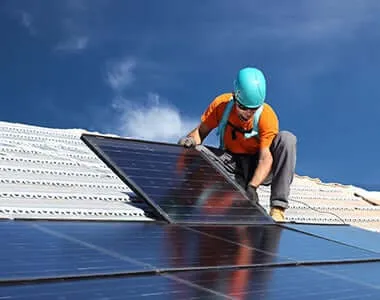bi facial solar
The Emergence and Benefits of Bifacial Solar Technology
In recent years, the quest for sustainable energy solutions has led to remarkable innovations in solar technology. Among these advancements, bifacial solar panels have emerged as a significant breakthrough, offering enhanced efficiency and versatility. This article delves into the concept of bifacial solar panels, their advantages, and their growing role in the global energy landscape.
Bifacial solar panels are a type of photovoltaic (PV) technology that can capture sunlight from both sides of the panel. Unlike traditional solar panels that only utilize sunlight hitting their front surface, bifacial panels are designed to harness sunlight reflected off the ground or nearby surfaces, effectively increasing their energy generation potential. This dual-sided capability can boost energy yield by up to 30%, depending on the installation conditions.
The Emergence and Benefits of Bifacial Solar Technology
Moreover, bifacial solar panels often have a longer lifespan compared to traditional options. They are typically constructed with higher-quality materials, resulting in better durability and resistance to environmental factors. For instance, many bifacial panels are made with glass instead of plastic, which not only enhances performance but also ensures that they can withstand harsh weather conditions. This longevity translates into lower long-term maintenance and replacement costs, making them an attractive option for both residential and commercial applications.
bi facial solar

Another significant advantage is their performance in various climates. Bifacial solar panels can be particularly effective in areas with high albedo, such as snowy or desert regions, where sunlight reflects off the ground. In these environments, the additional reflected light can significantly enhance energy production. This adaptability makes bifacial technology a viable solution in diverse geographical locations, further broadening the scope of solar energy adoption.
The growing interest in bifacial solar technology is also fueled by advancements in solar tracking systems. Many installations incorporate tracking systems that allow panels to follow the sun's path throughout the day. When combined with bifacial technology, these systems can maximize the amount of sunlight captured, leading to even greater energy outputs.
Furthermore, the increasing focus on renewable energy sources and sustainability has spurred investments in bifacial solar technologies. Governments and businesses alike are recognizing the potential of this innovative solution to contribute to carbon reduction goals and enhance energy independence.
In conclusion, bifacial solar technology represents a promising advancement in the renewable energy sector. With its ability to capture sunlight from multiple angles, it offers increased efficiency, reduced land usage, and enhanced durability. As the world seeks cleaner and more sustainable energy sources, bifacial solar panels are likely to play an increasingly crucial role in the transition to a more resilient and eco-friendly energy future. The adoption of this technology could pave the way for a brighter and greener tomorrow, making solar energy accessible and effective for all.
-
String Solar Inverter: The High-Efficiency Solution for Smart Solar EnergyNewsJul.14,2025
-
Revolutionizing Rooftop Energy with the Power of the Micro Solar InverterNewsJul.14,2025
-
Power Independence with Smart Off Grid Solar Inverter SolutionsNewsJul.14,2025
-
On Grid Solar Inverter: Powering the Future with Smart Grid IntegrationNewsJul.14,2025
-
Monocrystalline Solar Panels: High-Efficiency Power for the Future of Clean EnergyNewsJul.14,2025
-
Bifacial Solar Panel: A Smarter Investment for Next-Generation Energy SystemsNewsJul.14,2025







